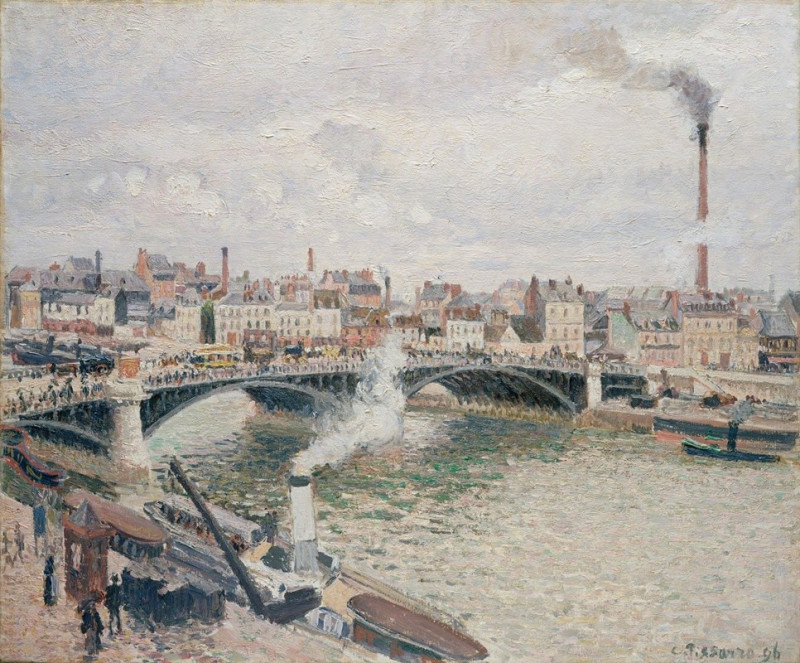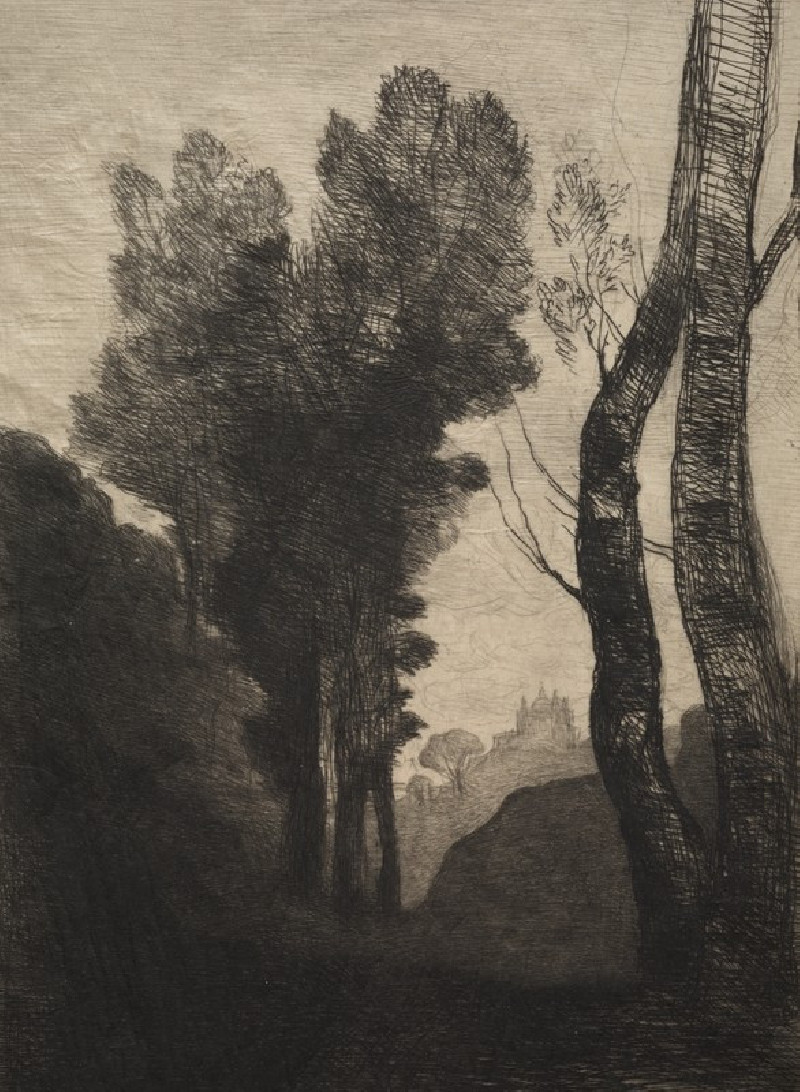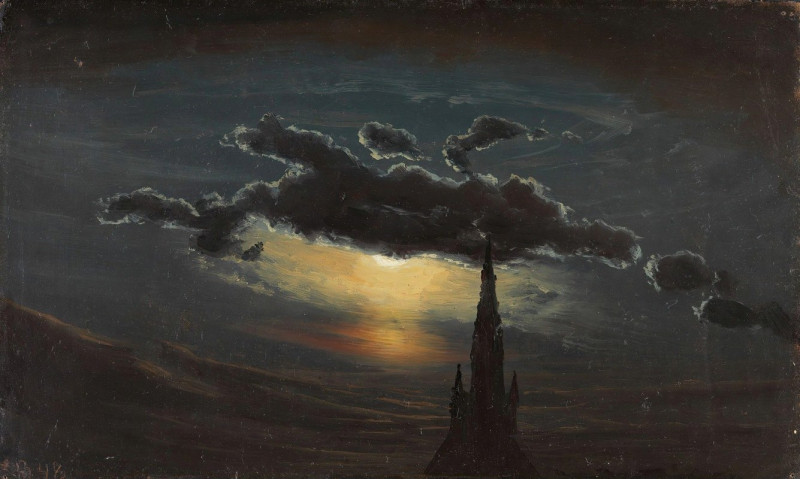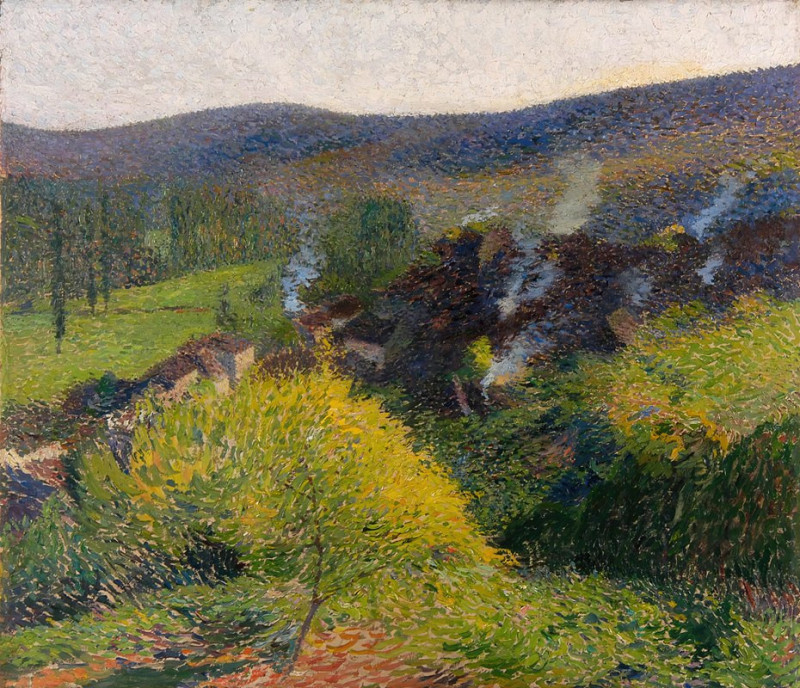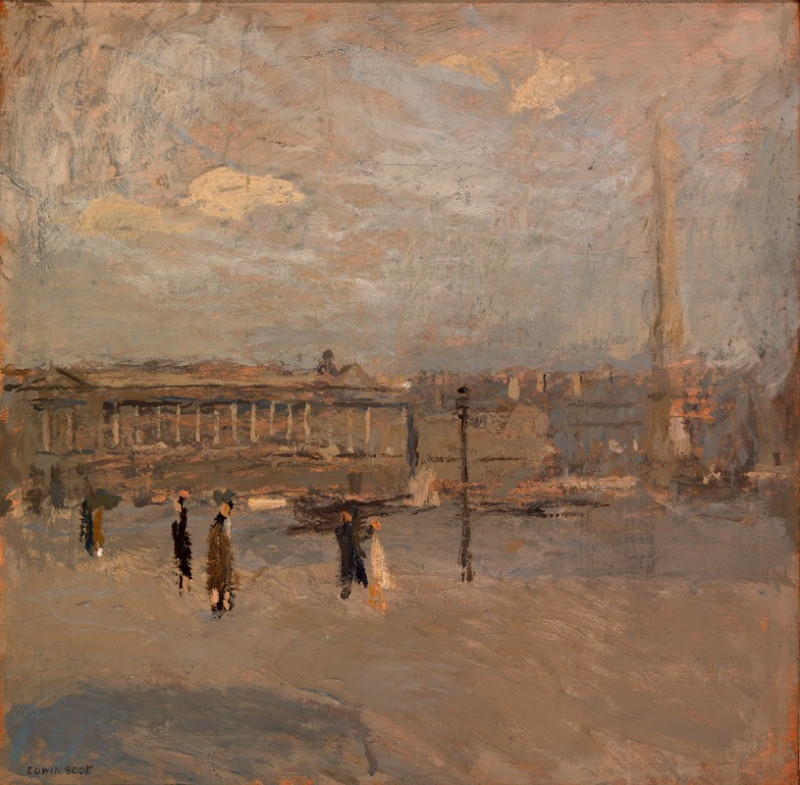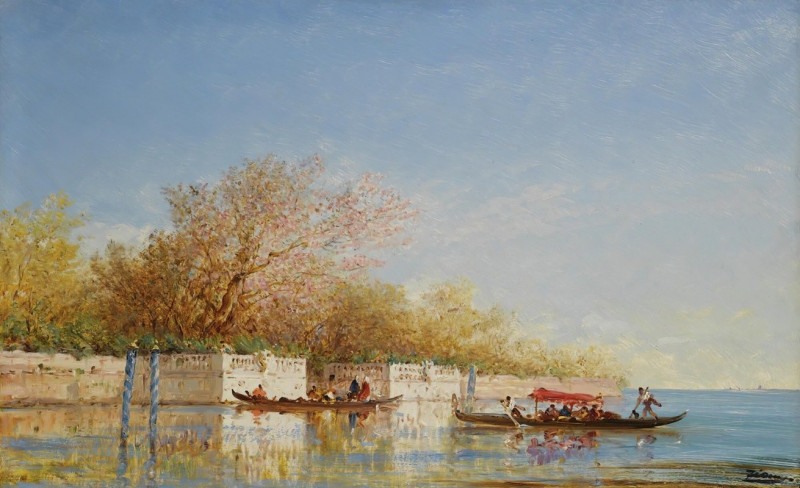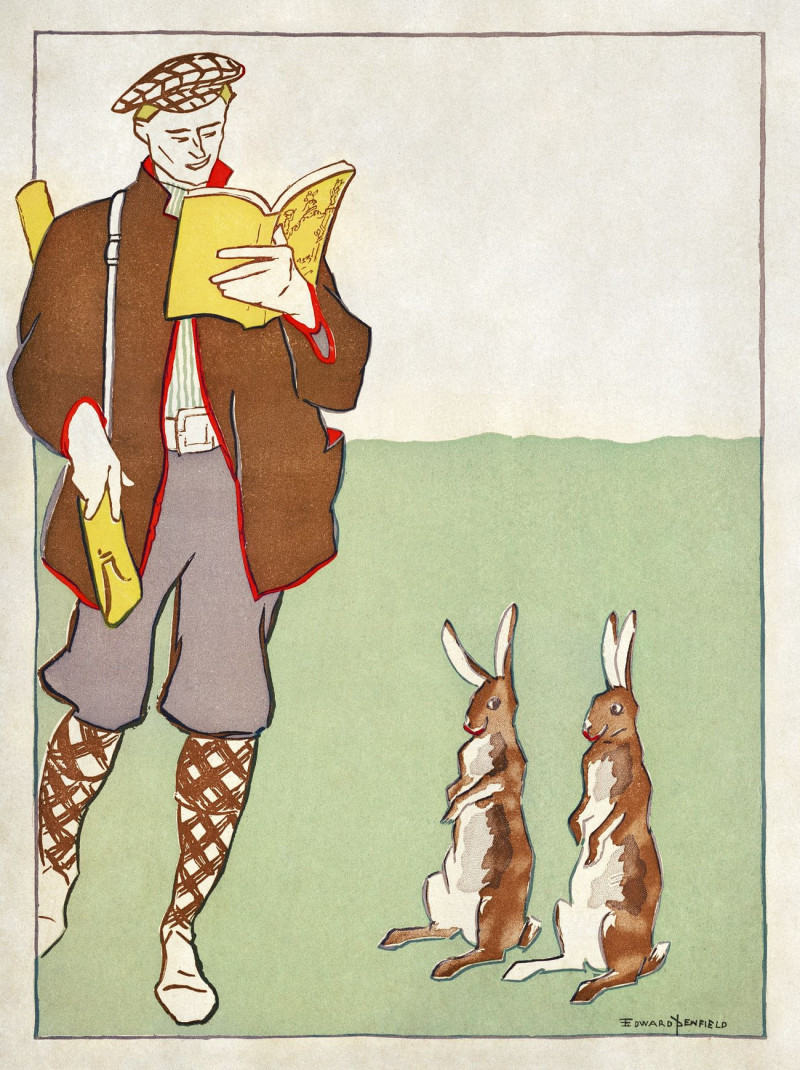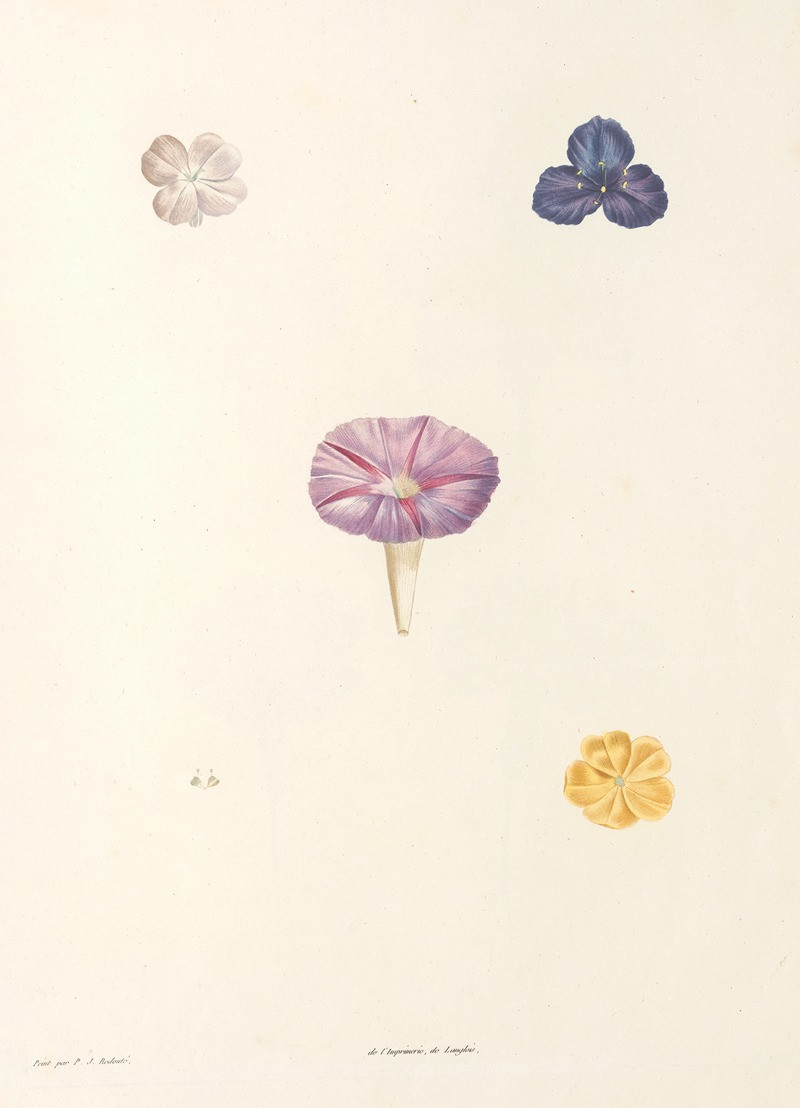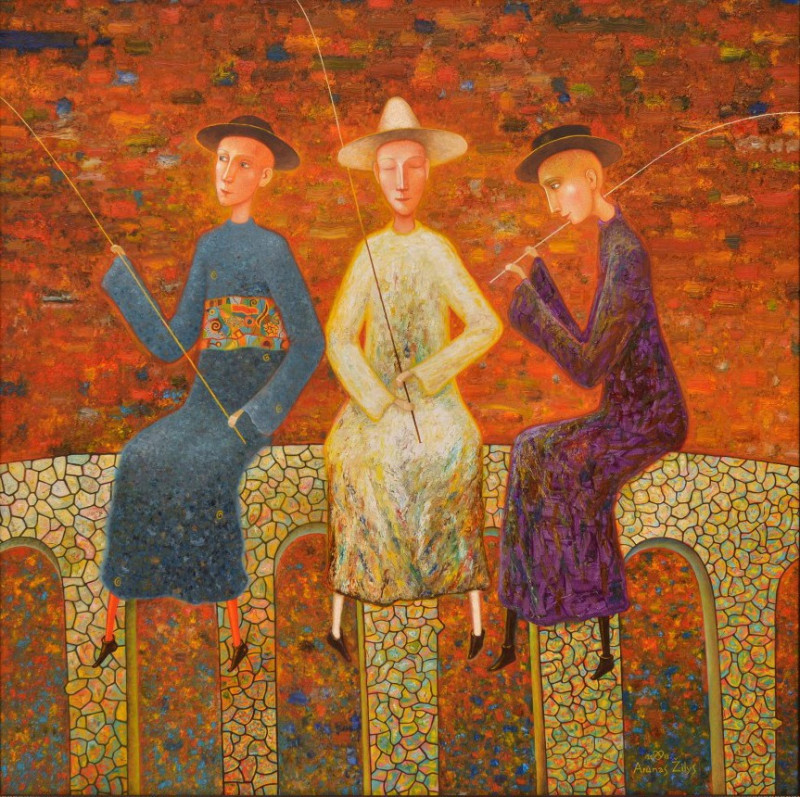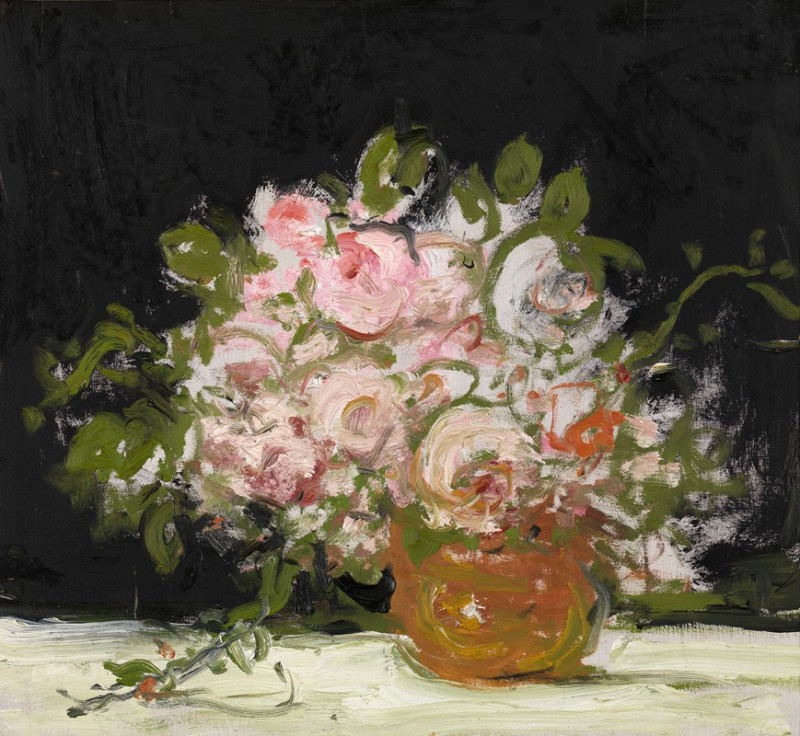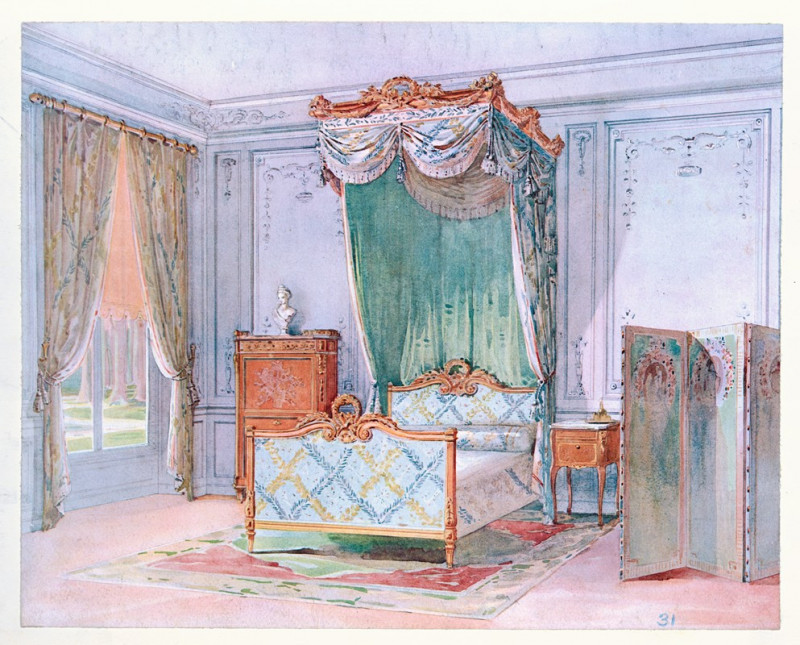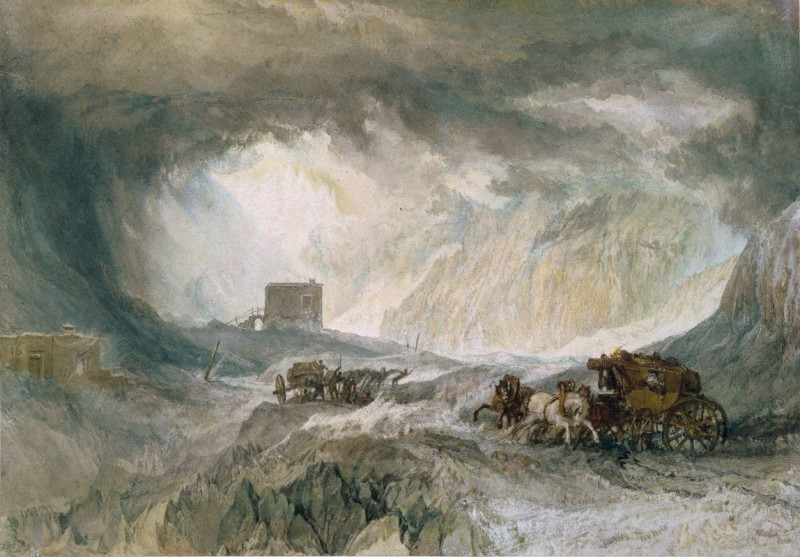Morning, An Overcast Day, Rouen (1896)
Technique: Giclée quality print
Recommended by our customers
More about this artwork
Discover the enchanting scene portrayed in "Morning, An Overcast Day, Rouen," a masterful painting by Camille Pissarro completed in 1896. This artwork is a prime example of Pissarro’s exceptional skill in capturing the ephemeral moods of light and atmosphere, which characterize the Impressionist movement.The painting presents a vividly detailed view of the bustling city of Rouen, observed from the banks of the river Seine. Pissarro’s brushwork breathes life into the ordinary moment, depicting the gentle flow of the river and the busy morning activities along its banks. A steamboat in the foreground emits a plume of smoke, blending seamlessly with the overcast sky, while barges gracefully glide by.The architecture of Rouen is meticulously rendered; variations in the rooftops and façades are visible across the landscape. The Pont Boieldieu bridge, elegantly arching over the river, draws the eye toward the city’s skyline, punctuated by the slim outlines of chimneys and distant structures.Pissarro's palette is subdued yet rich, capturing the essence of an overcast day with a masterful use of grays, blues, and earthy tones. The atmospheric effect is heightened by the light, which softens the contours and merges the river with the sky, illustrating the artist’s fascination with the interplay of light and nature.
Delivery
Returns
Blessed are they who see beautiful things in humble places where other people see nothing. — Camille Pissarro
Camille Pissarro (1830-1903) was born on St.Thomas (now the US Virgin Islands) to a Portuguese father and a Dominican mother. He went to Paris to study art at Ecole des Beaux-Arts. He was an early pioneer of pointillism and neo-impressionism and later became a mentor of many famous impressionist painters including Cezanne, Manet, Renoir, and Gauguin. His paintings depicted rural and urban French landscapes and lifestyle. Many of his works politically captured images of peasants and laborers. Today, he is considered the father of impressionism.

